"Dora" and "Gustav" - tools of the giants
The super heavy artillery on the Dora railway course was developed at the end of the 30 of the last century by the German company Krupp. This tool was intended for the destruction of fortifications on the borders of Germany with Belgium, France (the Maginot Line). In 1942, the Dora was used to storm the city of Sevastopol, and in 1944, to suppress the uprising in Warsaw.
The development of German artillery after the 1 World War I was limited to the Versailles Treaty. According to the provisions of this treaty, Germany was forbidden to have any anti-aircraft and anti-tank guns, as well as guns, whose caliber exceeded 150 mm. Thus, the creation of large-caliber and powerful artillery was a matter of honor and prestige, considered the leaders of Nazi Germany.
On this basis, in 1936, when Hitler visited one of the Krupp factories, he categorically demanded from the company’s management to design a powerful tool that could destroy the French Maginot Line and the Belgian border forts, such as Eben Enamel. According to the requirements of the Wehrmacht, the cannon projectile must be able to penetrate the concrete with thickness 7 m., Armor 1 m., Solid ground 30 meters, the maximum range of the gun should be 25-45 km. and have an angle of vertical guidance + 65 degrees.
The group of designers of the Krupp concern, which was engaged in the creation of a new super-power gun according to the proposed tactical and technical requirements, was headed by Professor E. Muller, who had vast experience in this matter. The development of the project was completed in 1937 year, and in the same year the Krupp concern was given an order to manufacture a new 800mm gun. The construction of the first gun was completed in 1941 year. The instrument, in honor of the wife of E. Muller, was given the name “Dora”. The second cannon, which was named Fat Gustav in honor of the management of the firm Gustav von Bohlen and Galbach Krupp, was built in the middle of 1941. In addition, a third 520 caliber mm gun was designed. and the length of the trunk 48 meters. It was called "Long Gustav." But this instrument was not completed.
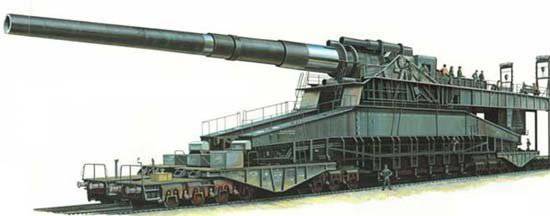
In 1941, in 120 km. To the west of Berlin, at the Ryugenwalde-Hillersleben training ground, guns were tested. Adolf Hitler himself, his associate Albert Speer, and other high army ranks attended the tests. Hitler was pleased with the test results.
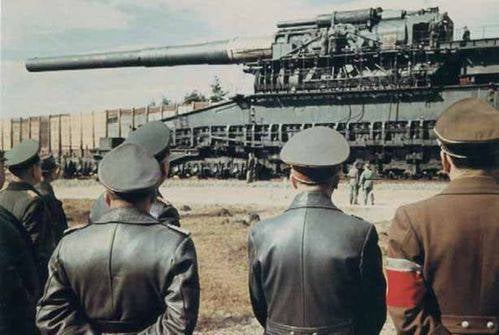
Although the guns did not have some mechanisms, they met the requirements that were specified in the terms of reference. All tests were completed by the end of 42. The gun was delivered to the troops. By this time, more than 100 800 caliber shells had been manufactured at the company's factories.
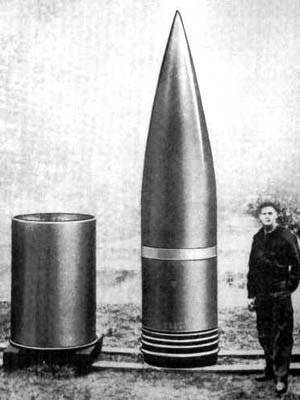
Some features of the design tools.
The locking of the barrel breech, as well as the filling of the projectiles were carried out by hydraulic mechanisms. The gun was equipped with two lifts: for shells and for projectiles. The first part of the barrel was tapered; the second was cylindrical.
The gun was mounted on an 40 axle conveyor, which was located on a double railway track. The distance between the tracks was 6 meters. In addition, on the sides of the gun lay one more railway track for mounting cranes. The total weight of the gun was 1350 tons. For firing the gun needed a section of length up to 5 km. The time spent to prepare the cannon for firing consisted of selecting a position (could reach 6 weeks) and the actual assembly of the gun (about 3 days).
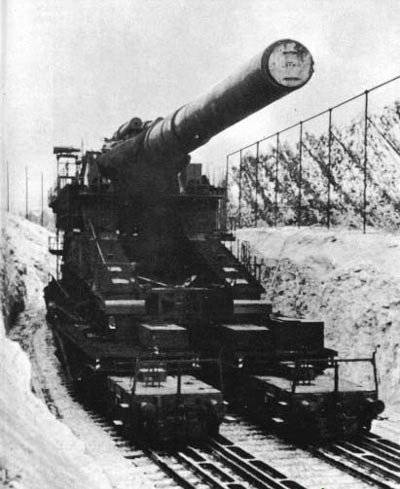
Transportation tools and attendants.
Transportation tools carried by railway transport. So, near Sevastopol, “Dora” was delivered by 5-th trains in 106 cars:
1 train: attendants (672 artillery division, about 500 people), 43 car;
2 train, auxiliary equipment and installation crane, 16 carriages;
3 train: gun parts and workshop, 17 carriages;
4 train: loading mechanisms and trunk, 20 cars;
5 train: ammunition, 10 carriages.
Combat application.
In the second world war "Dora" participated only twice.
The first time the gun was used to take Sevastopol in 1942 year. During this campaign, there was only one recorded case of a successful hit by a Dora shell, which caused an explosion of an ammunition depot located at a depth of 27 meters. The remaining shots of "Dora" penetrated into the ground to a depth of 12 meters. After the explosion of the projectile in the ground formed a drop-shaped form with a diameter of about 3 meters, which did not cause much harm to the defenders of the city. In Sevastopol 48 shells were fired.
After Sevastopol, “Dora” was sent near Leningrad, and from there for repairs in Essen.
The second time “Dora” was used in 1944 to suppress the Warsaw Uprising. All in all, more 30 projectiles were fired from Warsaw.
The end of "Dora" and "Gustav."
22.04.1945, the advanced units of the Allied army in 36 km. from the city of Auerbach (Bavaria) found the remains of the guns of the Dora and Gustav blown up by the Germans. Subsequently, all that remained of these giants of the 2 World War I was sent to be melted down.
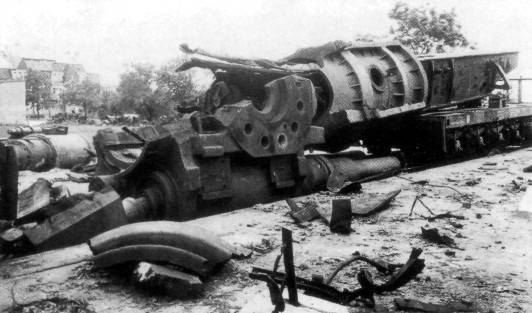
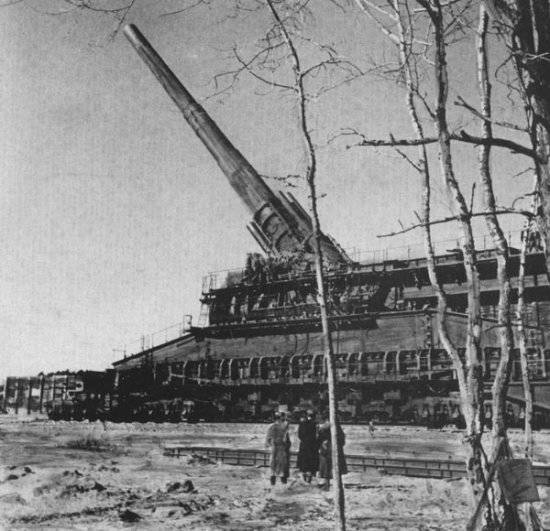
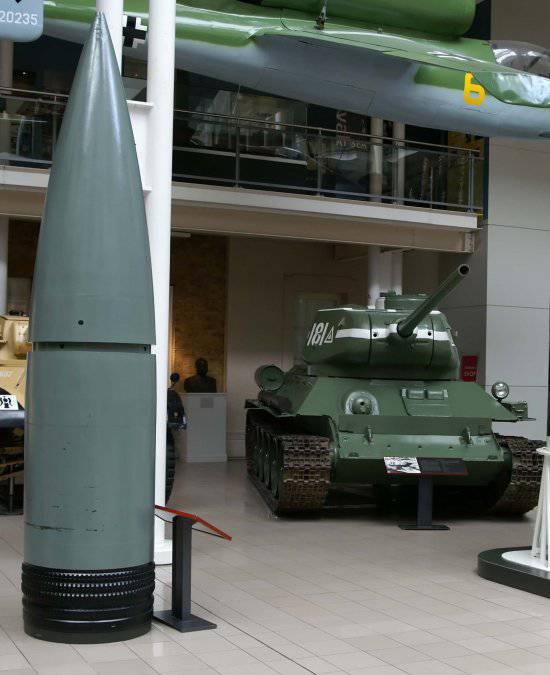
Information